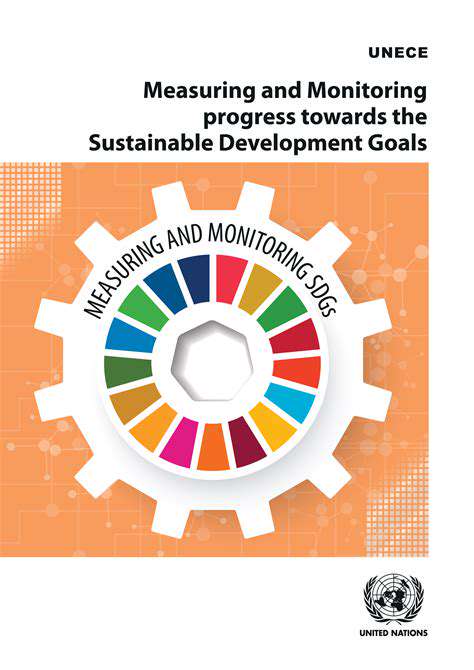Understanding the Carbon Offset Market
The voluntary carbon market operates with varying degrees of rigor and transparency. While some projects deliver genuine, measurable impact, others suffer from questionable accounting or lack of oversight. This landscape demands consumer education—understanding terms like additionality and permanence separates meaningful offsets from greenwashed solutions. The article on Carbon offsetting provides deeper insights into these concepts.
Effective offsetting requires moving beyond superficial claims. Investigate whether projects have independent verification, clear methodologies for calculating reductions, and mechanisms to prevent double-counting of credits. This scrutiny ensures your investment drives real climate progress rather than just funding feel-good marketing.
Evaluating Project Methodology and Validation
Methodology makes all the difference in carbon offsets. High-quality programs use conservative, peer-reviewed approaches to quantify emissions reductions, often incorporating buffer pools to account for potential reversals (like replanted forests burning in wildfires). The best projects undergo multiple layers of review—from technical experts to independent auditors—before credits are issued.
Examine how projects establish their baselines (what emissions would be without the project) and monitor ongoing performance. Projects using cutting-edge technology like satellite monitoring or blockchain-based verification often provide greater transparency than those relying solely on periodic manual checks.
Assessing the Reputability of the Offset Provider
A provider's track record speaks volumes. Research how long they've operated in the space, their partnerships with credible environmental organizations, and whether they've faced any controversies. Reputable providers willingly share detailed project documentation, including monitoring reports and third-party verification statements. They also typically participate in industry initiatives to improve offset quality standards.
Look beyond carbon-specific certifications to broader sustainability commitments. Providers actively working to reduce their own operational footprint while advocating for systemic climate solutions often demonstrate deeper integrity than those treating offsets as a commodity.
Scrutinizing Project Impact and Sustainability
Truly valuable offset projects create benefits that endure beyond the credit issuance period. Reforestation projects should have 100-year management plans, renewable energy projects should demonstrate how they'll maintain operations without ongoing offset funding, and community-based projects should show capacity-building components. This long-term perspective prevents temporary solutions to a permanent problem.
Assess co-benefits that extend beyond carbon metrics—like biodiversity conservation, water quality improvement, or economic opportunities for marginalized communities. These multidimensional impacts indicate projects designed for lasting value rather than quick carbon accounting wins.
Understanding Transparency and Reporting
Transparency separates credible programs from the rest. Leading providers publish detailed project documents online, including:
- Project design documents outlining methodologies
- Regular monitoring reports with actual performance data
- Third-party verification statements
- Financial breakdowns showing fund allocation
This level of disclosure allows potential contributors to conduct their own due diligence rather than relying on marketing claims. Some providers even offer digital platforms where you can track specific projects your offsets support.
Choosing the Right Offset Method for Your Trip
Understanding Carbon Offsetting
Carbon offsetting should complement—not replace—direct emission reductions. Before purchasing offsets, consider what emissions you can avoid through choices like:
- Selecting direct flights over connections
- Packing lighter to reduce aircraft weight
- Choosing accommodations with proven sustainability practices
The most responsible approach first minimizes emissions, then offsets what remains unavoidable. This hierarchy ensures offsets enhance rather than enable unsustainable travel patterns.
Evaluating Project Types
Different project types suit different travel profiles:
| Project Type | Best For | Considerations |
|---|---|---|
| Renewable Energy | Air Travel | Look for grid-connected projects displacing fossil fuels |
| Forestry | Road Trips | Verify long-term land tenure and protection |
| Methane Capture | Business Travel | Check additionality—would methane be flared anyway? |
The most effective offsets often combine multiple project types to address different greenhouse gases.
Considering Geographic Location
Location affects both impact and cost. Developing country projects often deliver greater social co-benefits per dollar, while domestic projects may offer more tangible connection for some travelers. Consider supporting projects in destinations you visit—this creates a full-circle sustainability story.
Analyzing Project Validation and Certification
Prioritize projects certified under:
- Gold Standard (GS)
- Verified Carbon Standard (VCS)
- American Carbon Registry (ACR)
- Climate Action Reserve (CAR)
These programs maintain robust registries to prevent double-counting and ensure each credit represents one ton of verified reductions.
Assessing Project Transparency and Reporting
Leading programs provide:
- Serial numbers for each credit
- Public retirement records
- Annual impact reports
This level of detail allows you to verify exactly where and how your offset makes a difference.
Implementing Your Offset Strategy: A Step-by-Step Guide
Understanding Your Carbon Footprint
Begin by calculating trip emissions using tools that account for:
- Distance traveled
- Transportation modes
- Accommodation type
- Activities planned
Quality calculators use region-specific emission factors rather than global averages for greater accuracy. Detailed tracking helps identify high-impact areas for reduction.
Choosing the Right Offset Projects
Develop selection criteria based on:
- Credibility: Third-party certifications
- Additionality: Proof project wouldn't happen without offset funds
- Permanence: Safeguards against reversal
- Co-benefits: Social and environmental value beyond carbon
Create a portfolio approach—perhaps 50% renewable energy, 30% forestry, and 20% community projects—to diversify impact.
Making It Routine
Build offsetting into your regular travel planning:
- Book offsets when purchasing tickets
- Set up automatic offsets for frequent routes
- Include offset costs in travel budgets
This systematic approach transforms offsetting from an afterthought to an integral part of responsible travel.











